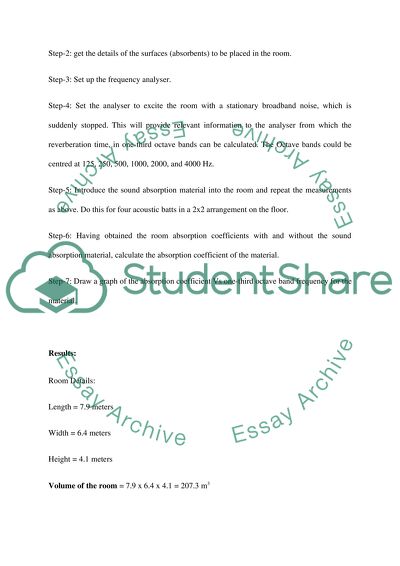Cite this document
(“Reverberation Time and Absorption Coefficients Lab Report”, n.d.)
Reverberation Time and Absorption Coefficients Lab Report. Retrieved from https://studentshare.org/miscellaneous/1533966-reverberation-time-and-absorption-coefficients
Reverberation Time and Absorption Coefficients Lab Report. Retrieved from https://studentshare.org/miscellaneous/1533966-reverberation-time-and-absorption-coefficients
(Reverberation Time and Absorption Coefficients Lab Report)
Reverberation Time and Absorption Coefficients Lab Report. https://studentshare.org/miscellaneous/1533966-reverberation-time-and-absorption-coefficients.
Reverberation Time and Absorption Coefficients Lab Report. https://studentshare.org/miscellaneous/1533966-reverberation-time-and-absorption-coefficients.
“Reverberation Time and Absorption Coefficients Lab Report”, n.d. https://studentshare.org/miscellaneous/1533966-reverberation-time-and-absorption-coefficients.


